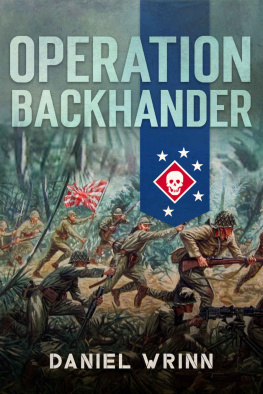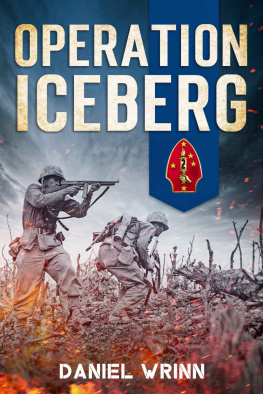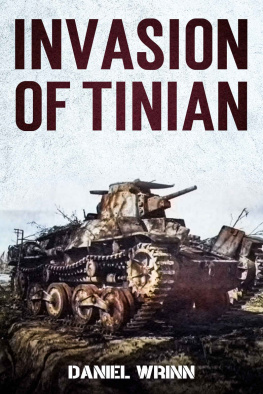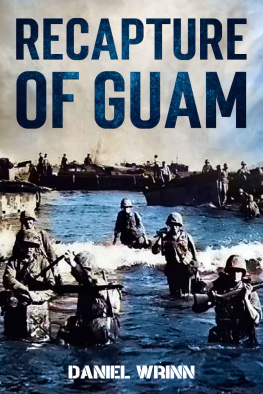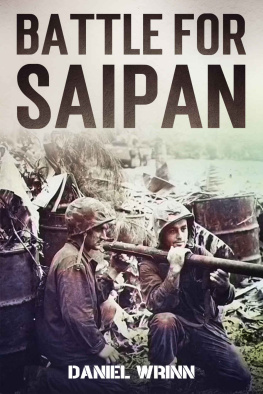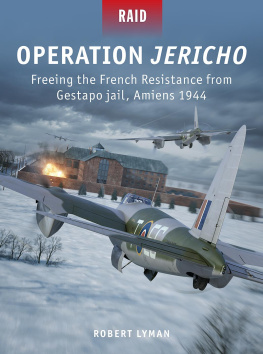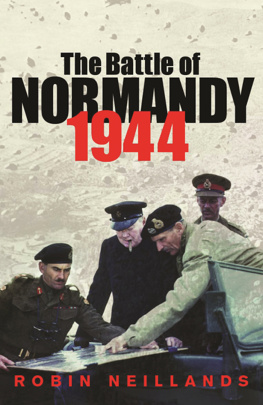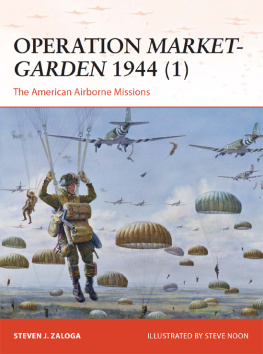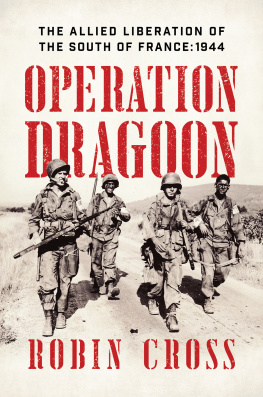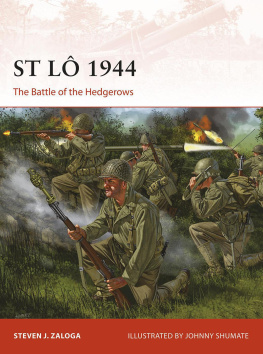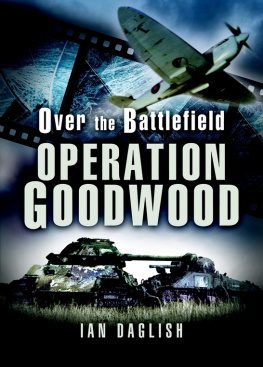Wrinn - Operation Backhander: 1944 Battle for Cape Gloucester
Here you can read online Wrinn - Operation Backhander: 1944 Battle for Cape Gloucester full text of the book (entire story) in english for free. Download pdf and epub, get meaning, cover and reviews about this ebook. year: 2020, publisher: War History Journals, genre: Romance novel. Description of the work, (preface) as well as reviews are available. Best literature library LitArk.com created for fans of good reading and offers a wide selection of genres:
Romance novel
Science fiction
Adventure
Detective
Science
History
Home and family
Prose
Art
Politics
Computer
Non-fiction
Religion
Business
Children
Humor
Choose a favorite category and find really read worthwhile books. Enjoy immersion in the world of imagination, feel the emotions of the characters or learn something new for yourself, make an fascinating discovery.
- Book:Operation Backhander: 1944 Battle for Cape Gloucester
- Author:
- Publisher:War History Journals
- Genre:
- Year:2020
- Rating:4 / 5
- Favourites:Add to favourites
- Your mark:
- 80
- 1
- 2
- 3
- 4
- 5
Operation Backhander: 1944 Battle for Cape Gloucester: summary, description and annotation
We offer to read an annotation, description, summary or preface (depends on what the author of the book "Operation Backhander: 1944 Battle for Cape Gloucester" wrote himself). If you haven't found the necessary information about the book — write in the comments, we will try to find it.
Wrinn: author's other books
Who wrote Operation Backhander: 1944 Battle for Cape Gloucester? Find out the surname, the name of the author of the book and a list of all author's works by series.
Operation Backhander: 1944 Battle for Cape Gloucester — read online for free the complete book (whole text) full work
Below is the text of the book, divided by pages. System saving the place of the last page read, allows you to conveniently read the book "Operation Backhander: 1944 Battle for Cape Gloucester" online for free, without having to search again every time where you left off. Put a bookmark, and you can go to the page where you finished reading at any time.
Font size:
Interval:
Bookmark:
Building a relationship with my readers is one of the best things about writing. I occasionally send out emails with details on new releases, special offers, and interesting details I find in my research. If youd like to be added to my Readers Group, just click here and Ill add you to the list.
Behind our gun position we dug a depression that a couple of guys could lay in. That depression would fill with water, and at nighttime, when you wanted to take a nap, two guys would crawl in that water and their bodies would keep it warm. There was a drawback to that because your skin would all shrink up.
Sam Nicholas, 1st Division Marines
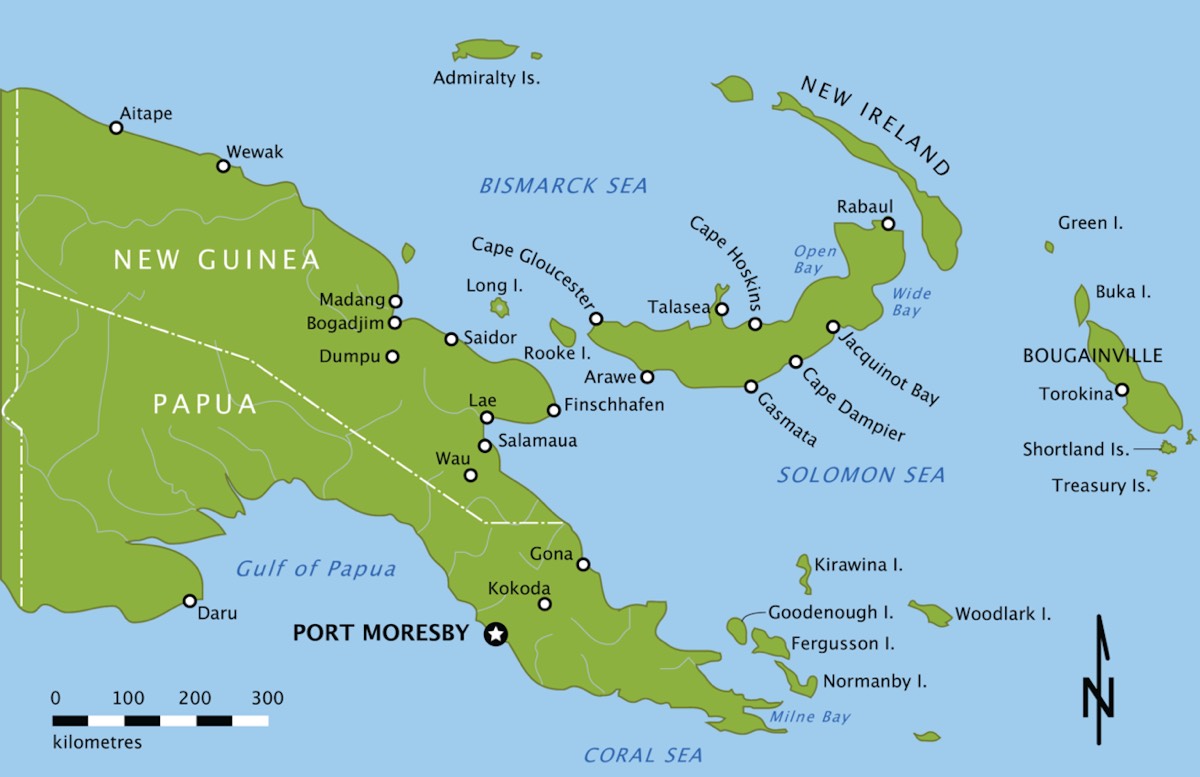
Early on the morning of December 26, 1943, Marines stood ready off the coast of Japanese-dominated New Britain. The outline of the mile-high Mount Talawe was just visible in the twilight. American and Australian cruisers shattered the early morning calm with ammunition flying from their destroyers guns. The 1st Marine Division, was commanded by Major General William H. Rupertus, arriving from the recently finished Guadalcanal Campaign. The men steeled their nerves, waiting for daylight and the signal to assault the Yellow Beaches near Cape Gloucester.
Fire support ships blazed away for ninety minutes. They attempted to neutralize entire areas rather than destroy pinpointed targets because the dense jungle concealed most of the individual Japanese fortifications and ammunition dumps.
At dawn on D-Day, Army airmen joined the bombardment. B-24 Liberator bombers flew at such an altitude that the Marines could barely see them. They dropped five-hundred-pound bombs on the beaches, scoring a hit on one of the enemy fuel dumps at the Cape Gloucester airfieldreleasing a fiery geyser that leapt hundreds of feet into the air. A squadron of B-25 medium bombers and A-20 light bombers followed them, attacking from a lower altitude, hammering the Japanese antiaircraft batteries.
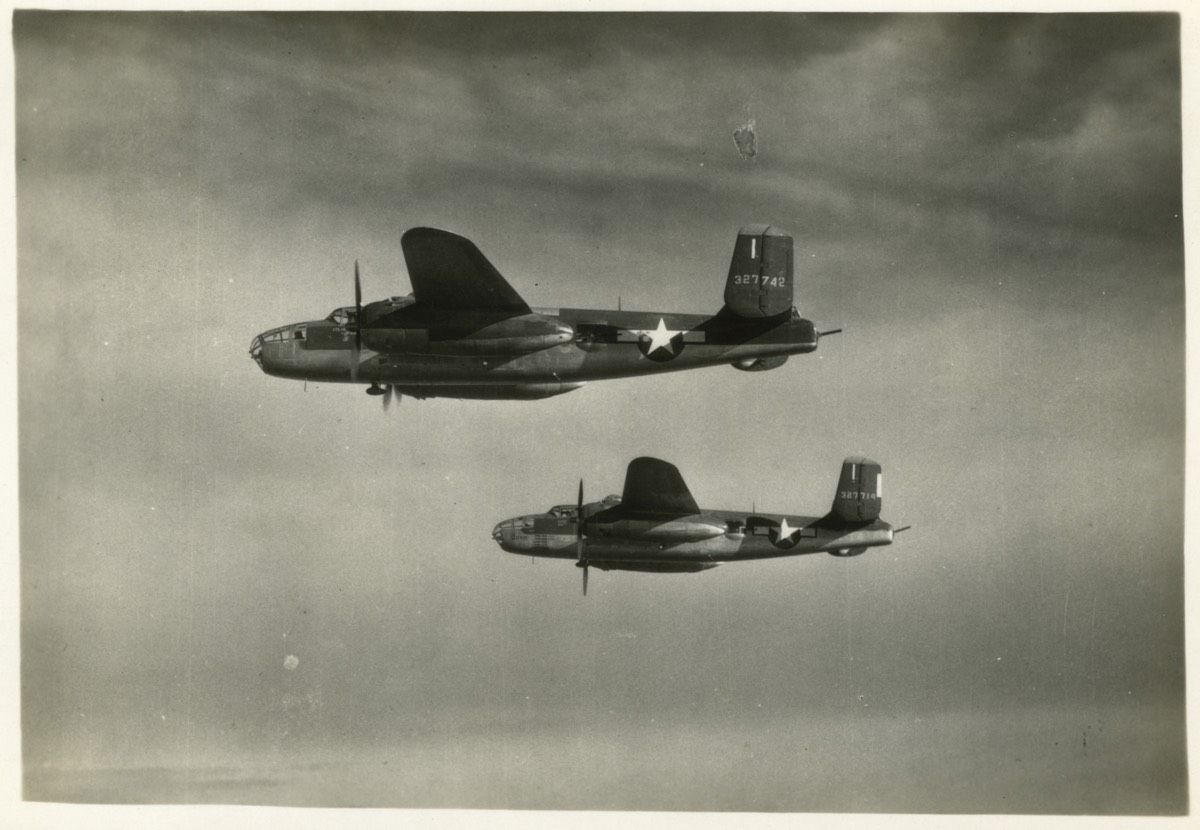
US B-25 Mitchell Bombers
Then the attention shifted to the assault beaches. Landing craft carrying two battalions of the 7th Marines started toward the shore. An LCI (Landing Craft, Infantry), with multiple rocket launchers, took positions on the flank of the first wave bound for each beach. They unleashed a hellish barrage, keeping the Japanese troops pinned down after the destroyers and cruisers shifted their fire to avoid putting the assault troops in danger.
At 0745, Higgins boats brought the first wave toward Yellow Beach 1. They grounded onto a narrow strip of volcanic sand that measured just under five hundred yards from one end to the other, bringing the 3rd Battalion Marines lead elements. Two minutes later, the 1st Battalion landed on Yellow Beach 2. Separated by a thousand yards of jungle and a seven-hundred-yard shoreline. Neither battalion encountered any organized resistance. The Marines used a smokescreen that drifted across the beaches. This hampered the later waves of landing craft and blinded Japanese observers on Target Hill overlooking the beachhead. No enemy manned the log-and-earth bunkers that might have raked the assault force with deadly fire.
The Yellow Beaches on the north coast of the peninsula pointed west toward Cape Gloucester. Codenamed Operation Backhander, this access point was the primary objective: two airfields at the capes northwestern tip. By capturing the airfields, the 1st Marine Division would allow Allied airmen to step up attacks on the Japanese fortress at Rabaul, three hundred miles away at the northeastern edge of New Britainthe opposite end of the long, crescent-shaped island. The capture of these Yellow Beaches was vital for the New Britain Campaign, but two additional landings also took place. The first occurred on December 15, landing at Cape Merkus on Arawe Bay along the south coast. The second at Green Beach on the northwest coast, also on December 26.
The Cape Merkus landing was across the channel from the islet of Arawe. Its purposes were to disrupt motorized barges and other Japanese small-craft moving men and supplies along the southern coast of New Britain and to divert attention from Cape Gloucester. The Marine amphibian tractor crews used the slower and more vulnerable LVT-1 Alligators and the new armored LVT-2 Water Buffaloes to carry soldiers from the 112th Cavalry to make landings on Orange Beach at the western edge of Cape Merkus.
The destroyer Conyngham provided fire support enhanced by rocket equipped DUKWs (a 2.5-ton, six-wheel, amphibious truck known as duck) and a submarine chaser designated as the control craft. A last-minute bombing silenced the beach defenses and enabled the LVT Water Buffaloes to crush enemy machine guns that survived the opening bombardment.
Two diversionary landings by soldiers paddling ashore in rubber boats were less successful. Savage enemy fire forced one group to turn back just short of its objective on Orange Beach, but the other gained a foothold on Pilelo Island and killed the small group of Japanese defenders. Enemy airmen reported the assault force approaching Cape Merkus. Japanese bombers and fighters from Rabaul attacked within two hours of the landing. The Japanese executed sporadic airstrikes throughout December with diminishing ferocity. They ultimately shifted their troops to meet the threat in the south.
Then there was the secondary landing on December 26. Battalion Landing Team 21 was a 1,500 man assault force, from the 2/1 Marines, commanded by Lieutenant Colonel James Masters. They started toward Green Beach supported by American destroyers Smith and Reid with their 5-inch naval gunfire. LCMs (Landing Craft, Medium) carried amphibian trucks, driven by soldiers, fitted with rocket launchers. They fired from the landing craft as the assault force attacked the beach. The first wave landed at 0750, with two others closely following ashore. The Marines carved out a beachhead 1,200 yards wide and 500 yards inland, encountering no opposition. Their mission was to sever the coastal trail that passed west of Mount Talawe and prevent Japanese from reinforcements reaching the Cape Gloucester airfields.
Following the coastal trail proved more difficult than expected. The local villagers tilled and cleared garden plots, leaving them for the jungle to reclaim. This left a maze of trailssome fresh, some faintbut most led nowhere. The Japanese did not take advantage of the confusion caused by the path tangling until early morning on December 30. They attacked the Green Beach force and took advantage of the heavy rain that muffled sounds and reduced visibility. When the Japanese began their assault, the Marines called down mortar fire within 20 yards of their defensive positions. A battery of the 11th Marines was reorganized as an infantry unit because the cannoneers couldnt find suitable targets for their 75mm howitzers.
Gunnery Sergeant Guiseppe Guilano materialized at critical moments and fired a light machine gun from his hip. His bravery and cool disdain for danger earned him a Navy Cross. While some Japanese troops penetrated the position, a counterattack led by Company G drove them off. This brutal fighting cost the Marines six dead and seventeen wounded. Ninety Japanese soldiers perished, and five surrendered.
Font size:
Interval:
Bookmark:
Similar books «Operation Backhander: 1944 Battle for Cape Gloucester»
Look at similar books to Operation Backhander: 1944 Battle for Cape Gloucester. We have selected literature similar in name and meaning in the hope of providing readers with more options to find new, interesting, not yet read works.
Discussion, reviews of the book Operation Backhander: 1944 Battle for Cape Gloucester and just readers' own opinions. Leave your comments, write what you think about the work, its meaning or the main characters. Specify what exactly you liked and what you didn't like, and why you think so.

